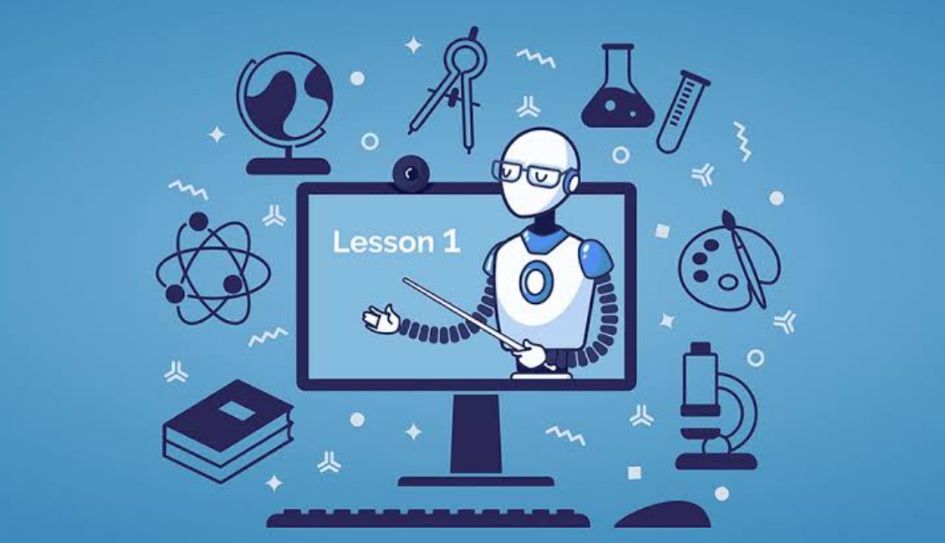Artificial intelligence (AI) is rapidly revolutionising several areas, including education. AI integration in educational environments has the potential to transform how we learn, teach, and interact with knowledge. As AI technologies advance, they provide new opportunity to improve educational outcomes, personalise learning experiences, and meet the various requirements of students.
1. Personalised Learning.
Personalised learning is one of the most exciting developments in education brought about by AI. Traditional classroom arrangements frequently struggle to meet the individual needs of each student. AI can analyse individual learning styles, strengths, and limitations in order to adjust educational content and teaching techniques accordingly. Adaptive learning platforms driven by AI can give personalised exercises and resources that alter in real time based on a student’s performance, ensuring that each learner advances at their own speed.
2. Intelligent Tutoring System
AI-powered intelligent tutoring solutions are transforming how students receive assistance outside of the classroom. These systems can provide on-demand support, answer queries, and explain various topics. By replicating one-on-one tutoring, AI can bridge knowledge gaps, provide additional practice, and reinforce topics in an interactive and engaging manner. This strategy allows students to obtain assistance when they need it most, without the limits of time and availability that traditional tutoring may impose.
3. Enhanced administrative efficiency.
Beyond direct student interaction, artificial intelligence may greatly improve administrative operations in educational institutions. AI systems can automate operations like grading, attendance tracking, and scheduling, allowing educators to focus on teaching rather than administrative duties. By streamlining these processes, schools may run more efficiently, allocate resources more effectively, and ensure that students and instructors have more time to engage with the curriculum.
4. Data-driven insights.
AI has powerful data analysis skills, which can provide useful insights into educational procedures and outcomes. AI may spot trends, foresee possible issues, and make recommendations based on data from student interactions, performance indicators, and engagement levels. Educators can apply these findings to improve their teaching practices, create targeted interventions, and improve overall educational quality. This data-driven approach allows for more informed decisions, which can lead to improved learning outcomes.
5. Bridging Educational Gaps.
AI has the ability to reduce educational gaps by ensuring that all students have access to high-quality materials and support, regardless of geography or socioeconomic position. Students in rural or impoverished locations can benefit from AI-powered educational technologies that provide high-quality learning experiences and help them bridge the gap with their counterparts in more affluent areas. AI has the potential to democratise education by creating online platforms, virtual classrooms, and interactive curriculum that allows all students to excel.
